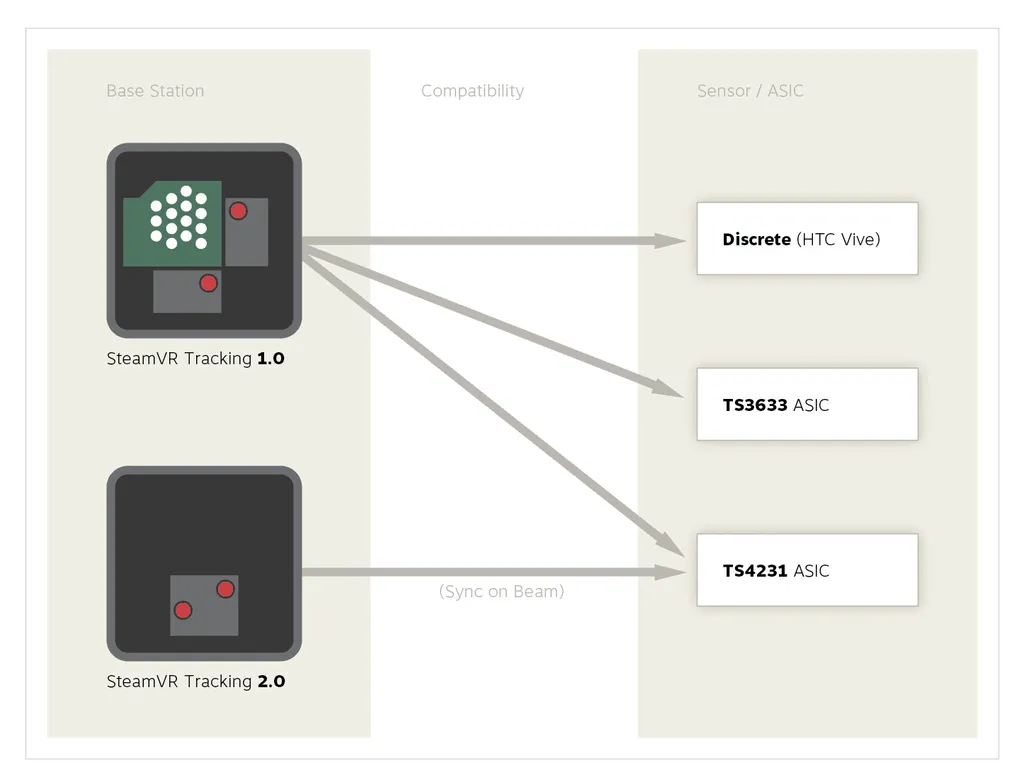Valve Software’s Joe Ludwig dumped a cache of information about the upcoming 2.0 base stations the company is preparing for release. While the update from Valve is directed toward manufacturers building on top of its tracking technology, the information offers some tantalizing details about the new hardware.
“Valve is creating a custom wall/ceiling mounting solution” for the 2.0 base stations, Ludwig wrote. Mounting the stations to your walls is perhaps the biggest drawback with the precision tracking technology — especially when compared to Microsoft’s “inside-out” solution which requires no outside hardware. Unlike Oculus Sensors, Valve’s stations don’t need to be plugged into a computer to track headsets, controllers and accessories. If Valve is working on a simpler solution to mounting the stations it could solve a major hurdle to adoption.
Valve is aiming to gauge the scale of manufacturing for the base stations throughout 2018. It is asking partners to provide details about how many are needed and in which month, with the expectation that companies will repackage the base stations alongside other hardware for resale. Valve is selling them in bulk to partners for $60 each plus shipping and handling. This may not be a good indicator of the final price for home buyers, but it is notably in line with the pricing Oculus established for each of its Oculus Sensors. This is also less than half the price of the 1.0 stations HTC currently sells for Vive.
Also, Ludwig wrote these base stations are expected to work in a two base station configuration at launch but in “early 2018, we’ll expand that functionality to 4 base stations that should cover a single room play space of roughly 10 x 10 meters.”
This is a huge detail. Ludwig added that “we’re evaluating adding functionality beyond 4 base stations as part of our product roadmap but do not have a current timeline we can share.” While that means VR warehouse installations like the VOID might not be able to get rid of their expensive OptiTrack-based tracking technology just yet, this could be a boost to smaller arcades that could track a large number of headsets within medium-sized spaces with only four base stations. Or, of course, it could cover one or two headsets in very large spaces.


























